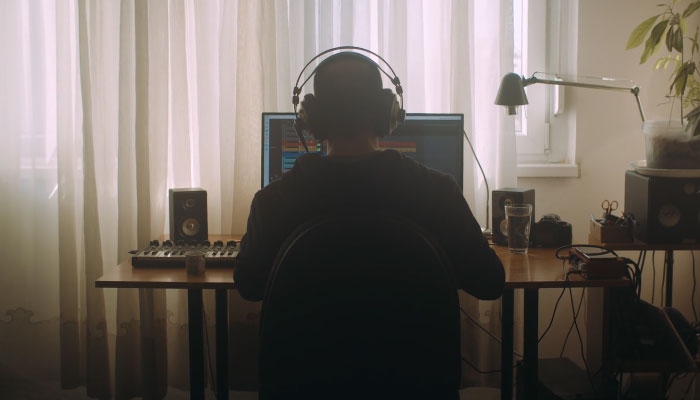There are many different techniques that a producer can use to make recording audio sound more professional. Whether you're working on music, audio drama, or podcasts, consistent audio leveling will ensure your sound quality is as high as possible and is the best way to make sure your listeners remain engaged with your content.
One of the simplest methods of ensuring good-quality audio is audio normalization. But what is audio normalization, and how does it work?
What Is Audio Normalization?
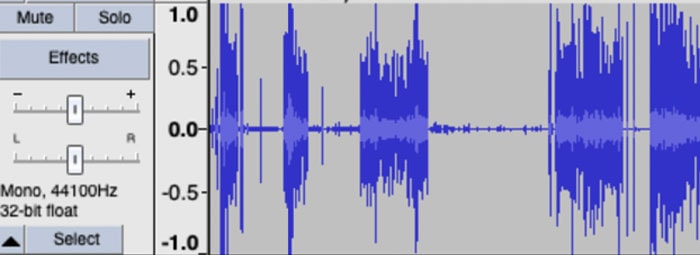
Audio normalization involves changing the volume across any piece of audio so that they are at the same volume. What this does is create a steady, consistent volume level across your audio tracks so that everything sounds like it is at the same volume rather than having loud bits or quiet bits.
When you normalize audio, it's just the volume of the track that is being adjusted - it doesn't change the EQ, the dynamics, or anything else about the audio, it's just the volume on the quiet or loud parts which is changed.
This means that your audio will sound consistent and even when listened to. This can be especially useful when it comes to audio that has been recorded from multiple sources.
If you record two people in a studio, this makes it easy to ensure that the volume of both contributors is the same.
However, for example, if you're recording across the internet, you have to deal with different equipment, different acoustic spaces, echo... there are loads of things that might make the volume of the audio signal of each contributor sound different.
Audio normalization will make them sound like they were always recorded at the same volume, making them much easier to listen to.
What Does Audio Normalization Do?
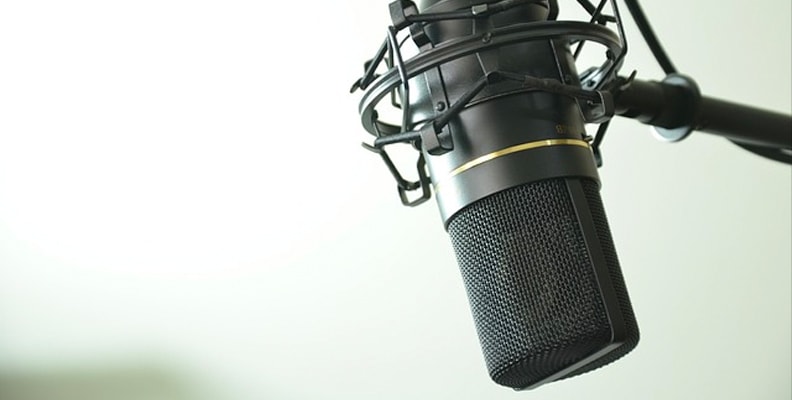
Audio normalization adjusts the louder parts and the quieter parts of an audio recording to ensure that the volume is consistent across the entire length of the recording. That's pretty much it! Of course, there's a lot more detail that can be gone into but that's the essence of what happens when you normalize audio on your recording.
The audio file will be scanned by your DAW (digital audio workstation), such as Audition, to establish the loudest peak and quietest trough of the recording. The software will then work out the best way to reduce the highest parts of the volume and bring up the lowest parts so that everything sounds like it's at the same volume.
This requires a certain amount of math (thankfully, not something the average user needs to understand!), but the end result is a track that sounds even and balanced when it comes to its volume level.
Different Types of Audio Normalization
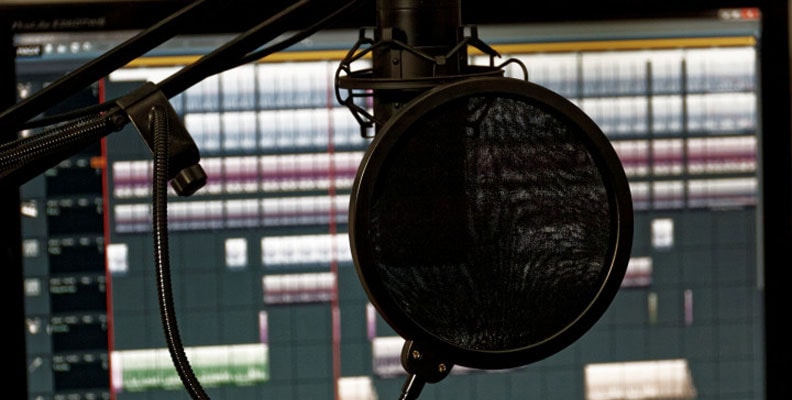
There are two different types of audio normalization: Peak Normalization and Loudness normalization. Both of these work in a slightly different way, so it's worth understanding the difference between them and what they do to your audio so you can decide which is the best approach to take for your audio.
Peak Normalization
Peak normalization is a pretty straightforward way to achieve normalization on your audio. Peak normalization works by changing and increasing the level of the recorded audio until the highest peak (which is to say, the loudest part) of the recording is taken to a particular level. This is called the zero decibels full scale (or dBFS for short).
Peak normalization will apply precisely the same volume level changes across all of the recorded audio. This means that, although the volume of the track is changed, the audio dynamic range of the track is not.
Therefore, once the peak normalization has been completed, your track will sound exactly the same as it did prior to normalization, just with a more consistent volume level across it. You can set a target level for this to ensure that your track doesn't clip or distort.
Peak normalization does not change the perceived loudness of your track, and it only adjusts the level based on the loudest part of the audio track.
Peak normalization is a simple process and can be applied quickly and easily to practically any track and using practically any hardware.
Loudness Normalization
Loudness normalization is a little more complex than peak normalization, but because it's more involved, it often ends up with a better overall result. The results tend to sound more natural and less "processed" than peak normalization.
Loudness normalization takes into account how the final result will be heard. The entirety of the audio file is analyzed during the process, and an average loudness level is worked out. This value - essentially an average volume - is the volume that the whole track will be set to.
As you might expect, this requires a lot more analyzing and processing than peak normalization so it will take longer to do. However, the end result will sound better, so it's worth considering which will work best for you, depending on the quality of your audio files and the hardware you have.
How Does Audio Normalization Work?
Even though there are two different methods of audio normalization, they both work to achieve the same result. When you are normalizing audio, all you are doing is getting everything to sound consistent.
The essential difference between peak and loudness normalization is that peak normalization will adjust the volume of your audio recording so it sounds louder, but loudness normalization will potentially make it quieter at its peaks but with more consistent results.
You will be able to see this in the audio waveform after loudness normalization - the peak level will be smaller because it is quieter, but it will also look more consistent, with fewer peaks and troughs. The highlighted part of the audio waveform below has normalization applied to it. The difference is immediately apparent.
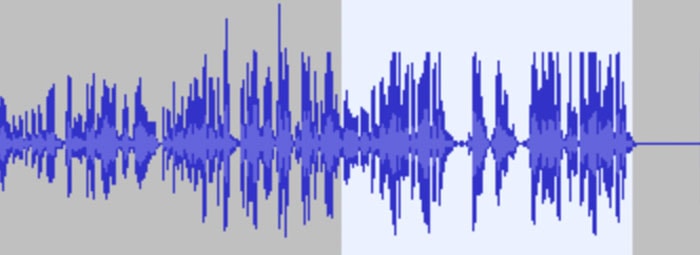
With peak normalization, the peak amplitude (that is, the loudest part of the audio file) remains at the same peak level, with other parts of the audio file getting louder.
When to Normalize Audio
It is also worth noting that, although you might immediately decide you want to normalize your audio, there are pros and cons to using normalization and it is important to bear these in mind when deciding whether to apply it to your audio tracks. Normalization works well, but it doesn't necessarily fit every scenario.
The obvious advantage here is that you have consistent, even-sounding audio across your audio or across multiple tracks if you have more than one source.
This will immediately make your audio sound better, clearer, and easier to listen to. A consistent listening experience will make it easier for your audience to pay attention to what it is you are doing.
Audio normalization also helps you avoid peaks in your audio. Setting a maximum volume of around -1dB (decibels) will prevent clipping and still leave a little room to work with when it comes to post-production.
Down Sides
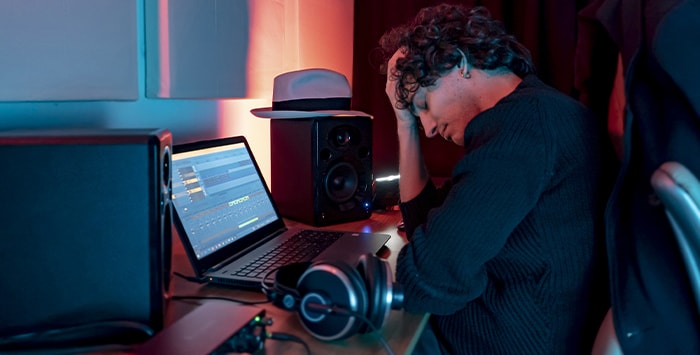
However, there are downsides as well. For one, audio normalization is destructive. That means that once it has been applied to a track, that's it - you can't really go back and change it once it's been applied.
For this reason, it's a good idea to have normalization as the last thing you do when you are producing your audio. That way, it won't be permanent and will apply to all the changes you make to your file.
It's also a good idea to create a new version of your audio prior to applying normalization, just in case you decide you want to go back and undo it at some stage.
Low sample rates on recordings can also be an issue when you normalize audio and can sometimes result in clipping. Ensuring you have a good sample rate on your original file should avoid this problem, but it's worth testing on a small section of your file before you decide to normalize audio across all of it.
Finally, while normalizing audio can make a big difference to how your audio sounds, there are other techniques that can have similar or even better results.
Dynamic range compression can result in better, more even-sounding audio, and using limiters and compression will have similar effects.
How to Normalize Audio With CrumplePop
Try Voice Enhance Now!
Instantly transform any voice recording into professional-quality sound with the power of AI. No internet access required- your audio stays private and secure. Toggle it on/off to hear the difference.
On-location Interview
Selfie-style Phone Audio
Zoom Call
Ridiculous Echo
Traffic Noise
Far from Mic
Untreated Room
Recording at Home
On-location Interview
While most DAWs will have their own normalize tool, the very best way to normalize your audio is with third-party plug-ins, and none are better than CrumplePop's Levelmatic plug-in.
The Levelmatic plug-in will effortlessly level your audio, making normalization a simple, easy-to-control process. Load the audio file you want to work with into your DAW, select the track, and then let Levelmatic work its magic.
How Levelmatic Works
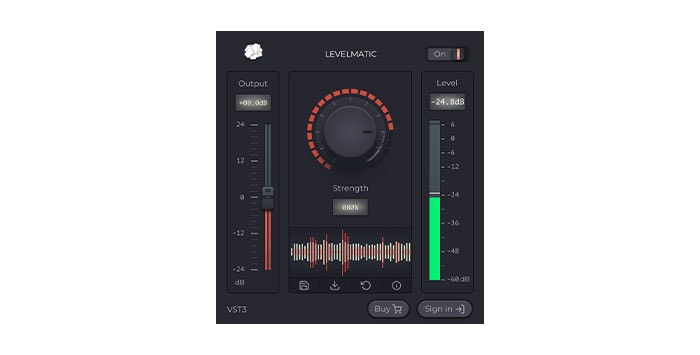
No matter how loud or quiet your audio is, Levelmatic will be able to cope with it. Simply set the output level you'd like your audio to be, then adjust the central strength knob to choose how hard Levelmatic should stay near the target level, and let the plug-in do the rest.
With Levelmatic, there's no need to learn the complex and intricate interaction between compressors, limiters, or normalization tools - one plug-in can take care of everything for you.
The Levelmatic plug-in is a simple, easy solution to audio that has different volume levels - you really can't do better.
Final Words
No matter how careful you are, it's easy to end up with audio tracks that don't have the same volume. This can make any recording difficult to listen to, no matter how well it has been recorded.
Normalization is a quick, easy, and sure-fire way to get around this issue. So whether you use a DAW's native tools or a plugin like CrumplePop's Levelmatic, the end result will be smooth audio with even volume levels throughout.
And the better your content sounds, the more people will pay attention to it!















